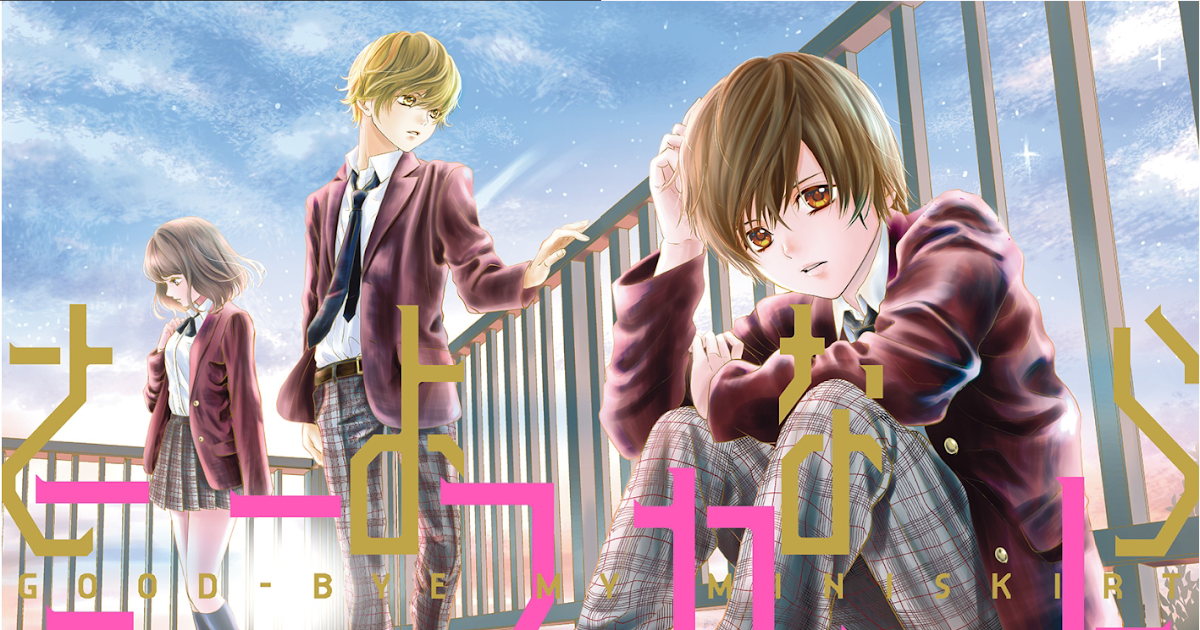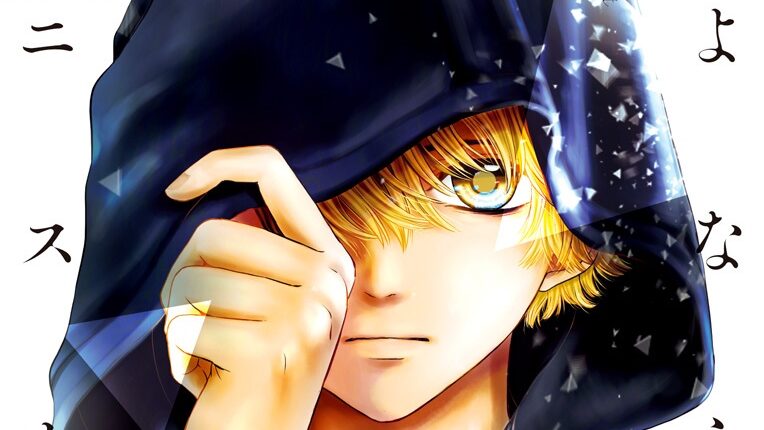This Sayonara Miniskirt review explores Nina Kamiyama’s journey of healing, identity, and resilience after a traumatic attack that forces her to leave behind her idol persona. Through themes of gender expectations, victim blaming, and the pressure of appearances, the manga delivers a raw and emotional narrative that feels both intimate and socially relevant.
Readers will find themselves drawn into Nina’s struggles, her guarded interactions with classmates, and the unresolved tension of what it truly means to reclaim one’s voice. Available now on ComicK, this manga is a powerful read for anyone who craves stories with heart and depth.
Sayonara Miniskirt Review: Exploring Nina’s Journey and Trauma
When I first picked up Sayonara Miniskirt on ComicK, I wasn’t expecting to be pulled into such an emotionally charged story. On the surface, it’s about an idol who steps away from the spotlight. But as I turned each page, I realized it’s so much moren it’s about identity, trauma, and the painful process of reclaiming control over your own narrative.
Reading this manga felt different from my usual slice-of-life or romance picks. It was intimate, almost uncomfortably so at times, because every panel reminded me that Nina’s story is filtered through her pain. And yet, that’s what makes it unforgettable. This isn’t just entertainment it’s a mirror held up to real-world issues we don’t talk about enough.

So if you’re searching for a manga that goes beyond clichés and dives into the heart of what it means to survive and keep living, Sayonara Miniskirt might just be the story you didn’t know you needed.
The Idol Dream That Turned into a Nightmare
Nina Kamiyama once lived her childhood dream: as Karen Amamiya, the shining center of the idol group Pure Club. She performed with joy, her smile meant to brighten the lives of fans who adored her. To outsiders, her life looked flawless glitter, applause, and admiration.
But dreams have a darker side. During a handshake event, that bright image was shattered when she was attacked by a knife-wielding stranger. What was supposed to be a moment of connection turned into lifelong scars, both visible and invisible. That single event changed everything about how she saw the world.
From that point forward, Nina couldn’t return to the life she once knew. The idol dream was gone, replaced by a new struggle: how to live as herself, away from the suffocating expectations of femininity and fame.
Nina’s Struggle with Identity
Back in high school, Nina discards skirts and dresses, choosing instead to wear pants and keep her hair short. It’s not about wanting to be someone else it’s about survival, about reclaiming her sense of safety. But her classmates don’t understand; to them, she’s just “strange” or “cold.”
This rejection of femininity is not a simple rebellion. It’s an act of resistance. Every time Nina refuses to conform, she’s making a statement: she will not be defined solely by how she looks or what others expect her to be.
As readers, we feel the weight of her choices. We see how fragile yet powerful her sense of identity is, how she walks the thin line between healing and shutting the world out entirely.
The Weight of Trauma
What Sayonara Miniskirt does so well is refusing to sugarcoat trauma. Nina experiences flashbacks, sudden triggers that pull her back to that night of violence. These aren’t dramatized for effect they’re intimate glimpses of what PTSD looks like in daily life.
Even small, casual comments from classmates can become daggers. Someone questioning why she doesn’t wear skirts may seem harmless, but for Nina, it reopens wounds. And as readers, we’re forced to confront how thoughtless remarks can weigh heavily on survivors.
Her trauma is not a subplot—it is the center of the narrative. And because of that, her courage feels all the more raw and inspiring.
The Dichotomy of Femininity: Nina vs. Miku
Miku, Nina’s classmate, is the perfect foil. She embraces skirts, makeup, and everything “feminine.” To her, being a girl is about appearance and presentation. She cannot understand why Nina rejects it so completely.

Their conversations sting with tension. When Miku questions Nina’s choices, Nina’s sharp retorts cut deeper than any blade: “Is that all I have going for me?” These exchanges highlight not just a personal conflict, but a cultural one what does it mean to be feminine, and who decides?
The contrast between the two girls forces us, as readers, to question our own biases. It’s uncomfortable, but necessary.
Hikaru’s Role: A Different Kind of Male Lead
Enter Hikaru, a boy focused on judo rather than appearances. His first encounter with Nina feels accidental, but his presence becomes pivotal. Unlike many male leads in shoujo manga, Hikaru doesn’t define Nina he listens, respects, and slowly tries to understand her.
Their relationship is complicated. At times, it feels like trust is within reach, only to be shattered by fear and secrecy. Hikaru discovers Nina’s past, and instead of exploiting it, he shoulders the knowledge with care.
It’s this dynamic that gives the story hope. Through Hikaru, we glimpse the possibility of support without pressure, empathy without conditions.
Why Sayonara Miniskirt Matters
This isn’t a story with easy answers. Victim-blaming, gender expectations, and trauma aren’t neatly resolved by the final page of volume one. And maybe that’s the point. Life doesn’t wrap itself up in perfect bows.
Reading Sayonara Miniskirt reminded me of books like Speak by Laurie Halse Anderson, stories that dare to sit with the uncomfortable truths instead of glossing over them. It’s not always an easy read, but it’s an important one.
If you’re tired of predictable romances and shallow plots, this manga offers something far richer: a story that respects the complexity of survival, healing, and the courage it takes to just keep moving forward. And on ComicK, it’s waiting for you to experience.
Read more:
- Sugar Apple Fairy Tale Review: A Journey of Courage and Friendship
- Exploring Mahou Shoujo Jihen: Comedy Meets Office Drama
